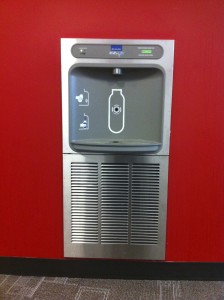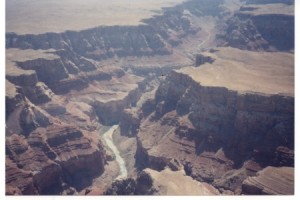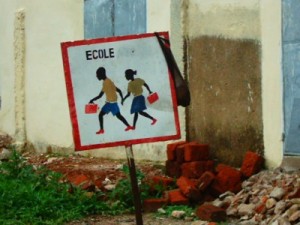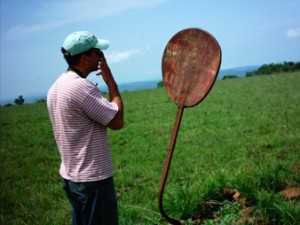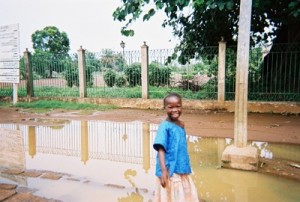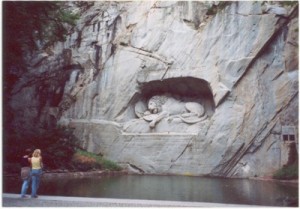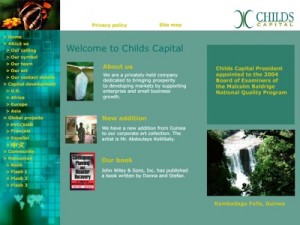There is an old saying that “what is measured, is managed” so I am always intrigued to see ways of measuring the impacts of small steps we can each take to reduce our environmental footprint/carbon emissions to reduce disaster impacts. This dispenser provides filtered water to employees of a Fortune 500 company. Each floor has one to encourage use. The dispenser is equipped with an automatic sensor. Once you place your refillable bottle underneath the spout, filtered water is dispensed and the small green screen at the top right of the unit tracks the number of refills as “Helped eliminate waste from 13,457 disposable plastic bottles”. The dispenser is an effective reminder of the cumulative benefits of avoiding disposable plastic water bottles that only wind up in landfills.
NuRide is another service that measures and rewards individual efforts to reduce environmental impacts. You can sign up for NuRide and use the service to find a ride-share or a car-pooling buddy. You can also create a free account and enter details of when and where you took public transportation, shared a ride with someone or walked or biked to your destination. You earn points for these efforts and they add up to rewards such as free admission to cultural events or discounts on purchases. I am trying to work out a model of how we would measure improved small business commercial resiliency measures and, in an analytically rigorous way, translate those measures into reduced premiums commensurate with better risk practices. So I find these models helpful and, of course, use both.
